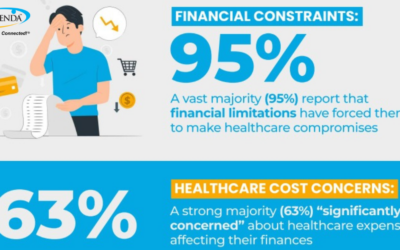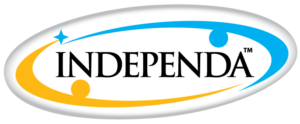The increasing elderly population is anticipated to act as a driving force for the senior care market, which includes products and services that make the daily activities of aged people simple and easy. In developed countries, elderly care medical and non-medical services are in high demand, and the global market is envisioned to gain growth in the forecast period of 2022 to 2029.
Though COVID-19 has affected the market to some extent, the demand for elderly care increased post-pandemic, and – while challenges to growth remain – the senior care products and services present opportunities for solid market development.
The need for elderly care increases with growing age as old-timers require physical and emotional assistance to lead a productive, healthy, and independent life. As a result, short-term services to help in daily basic activities, and long-term services that require medical assistance and daycare, are in high demand.
Additionally, the rising number of chronic diseases such as diabetes, cardiovascular conditions, obesity, cancer, and osteoporosis create demand for home healthcare services.
Furthermore, changes in the economy and social environment have also increased demand.
This global elderly care market report by Data Bridge Market Research provides insights and trends by country, product type, service, and application. Additionally, the report analyzes market-impacting factors and changes in regulations that influence current and future market trends. Here are the key highlights:
- Market Growth: The global elderly care market is projected to grow significantly, from $1,703.03 billion in 2022 to $2,882.66 billion by 2030, with a CAGR of 6.80%.
- Product and Service Segments: Pharmaceuticals dominate the market, with significant services including institutional care, homecare, and adult daycare.
- Regional Insights: North America leads the market with the highest revenue and projected growth.




